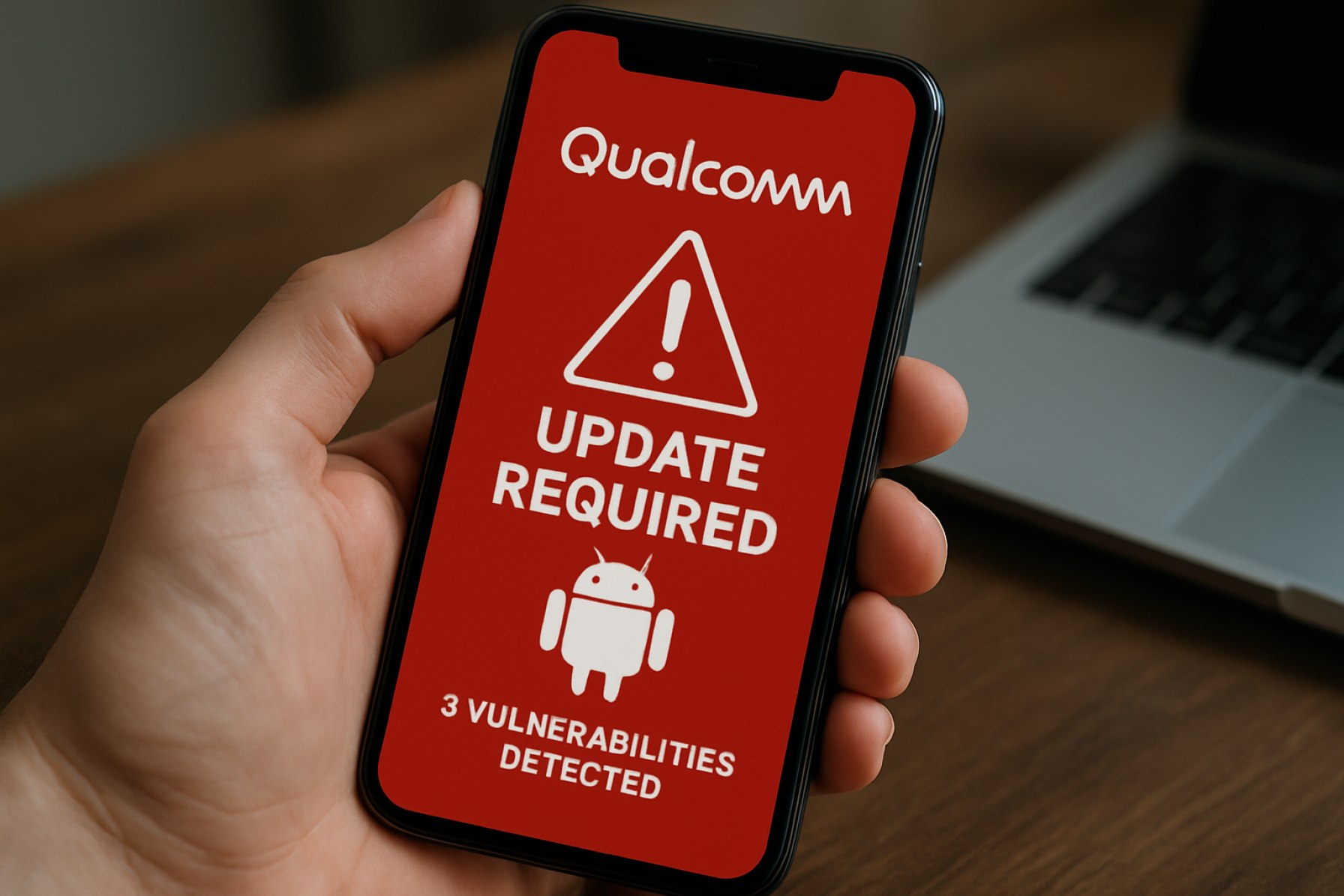Android at Risk: Qualcomm’s Patch for Three Active Zero-Day Attacks Demands Swift Action in 2025
Three severe Adreno GPU flaws hit Snapdragon devices in 2025. OEMs rush to patch, but users must act now to stay secure.
- 3 zero-day flaws patched in Qualcomm Adreno GPUs
- 8.6/10 highest vulnerability severity score
- Jan–Jun 2025: Zero-days exploited in the wild for up to 6 months
- Tens of millions: Devices potentially affected worldwide
2025 has delivered yet another cyber wake-up call for Android users worldwide. Qualcomm, the silicon giant behind most premium and midrange Android phones, has patched three dangerous zero-day vulnerabilities in its Adreno GPU drivers—vulnerabilities that hackers have targeted since January. But the race is now on for phone makers to roll out those updates to millions who may still be exposed.
These GPU security flaws, cataloged as CVE-2025-21479, CVE-2025-21480, and CVE-2025-27038, have the potential to trigger severe memory corruption and unauthorized access on devices spanning premium models—like those with Snapdragon 8 Gen 2 and Gen 3 chips—down to mass-market devices on Snapdragon 695, 778G, and the 4 Gen 1/2 platforms.
Security experts from Google’s Threat Analysis Group hint that these vulnerabilities may already be in the crosshairs of targeted hacking campaigns. While Qualcomm has delivered patches to original equipment manufacturers (OEMs) as of May, it’s up to brands like Samsung, Xiaomi, OnePlus, and Google to push those updates to end users through security updates.
Q: What Devices Are Vulnerable to These Qualcomm Zero-Days?
A broad range of Android smartphones, tablets, and even some Chromebooks powered by select Snapdragon chips are at risk. The flagship Snapdragon 8 series, widely used in top-tier devices, as well as budget and midrange chips found in popular models, are all affected by these GPU driver flaws.
Q: What Makes These Flaws So Dangerous?
Two of the three bugs could allow unauthorized access and full memory corruption in your device’s graphics subsystem. Both rate high on the industry-standard Common Vulnerability Scoring System (CVSS): 8.6 out of 10. The third bug, a “use-after-free” vulnerability, clocks in at a still-serious 7.5/10.
Memory corruption exploits have historically been favorite tools of surveillance operators and sophisticated cybercriminals. Past variants have appeared in spyware attacks linked to groups like Variston and Cy4Gate. In a related scandal, a different Qualcomm flaw (CVE-2024-43047) was reportedly used by the Serbian secret service to break into confiscated Android phones of journalists and activists last year.
How-To: Keep Your Android Device Safe from Qualcomm Zero-Days
- Check for updates: Go to Settings > Security > System Updates. Install immediately if available.
- Monitor manufacturer channels: Watch for bulletins from Samsung, Xiaomi, Google, and others regarding security updates for your device.
- Limit app installs: Download only from trusted sources such as Google Play.
- Keep software current: Enable automatic system and app updates where possible.
Q: Why Haven’t I Received a Fix Yet?
Once Qualcomm pushes patches to manufacturers, those companies must integrate and test the fix for each device model—a process that can take from weeks to months, especially for older or low-cost hardware. Meanwhile, attackers may continue to exploit unpatched systems.
If you own a mainstream Android device released in the last three years, checking for updates frequently can be your best line of defense against active exploits.
Q: Where Can I Find Ongoing Security Guidance?
Bookmark official sources like Android Security, The Hacker News, and Qualcomm for the latest bulletins and advice.
Don’t Wait—Secure Your Device Before Hackers Target You!
Vulnerabilities move fast, but so can you. Use the checklist below and share this vital news with friends and colleagues. Your cybersecurity is in your hands.
- Immediately check for and install system updates
- Stay alert for manufacturer alerts about security fixes
- Keep apps and operating systems up to date
- Be cautious with app downloads, even from the Play Store
- Share this update to help build digital safety awareness
